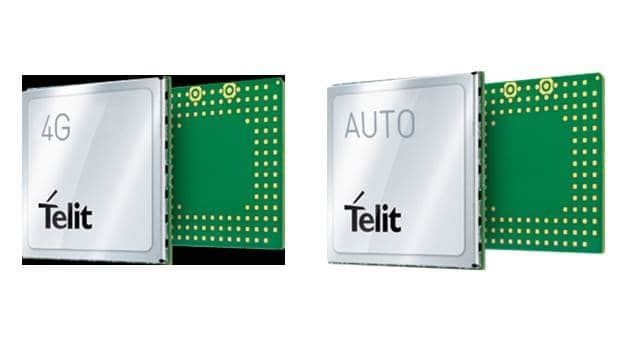In its latest coverage update on the cellular M2M module market, ABI Research forecasts that cellular M2M module shipments will exceed 400 million in 2021. This is an increase over previous forecasts, driven in part by operator announcements of accelerated rollouts of NB-IoT networks.
Tracking, as well as simple thing monitoring and control, will be the primary application segments for NB-IoT, said ABI Research. With decreased technology requirements enabling long battery life and greater coverage, tracking of all types of products will be possible. In fact, in Turkey and Spain pre-standard NB-IoT is used to connect sensors in a car park, allowing drivers with a smartphone application to locate available parking spaces. In time, NB-IoT-based devices purchased straight from a local supermarket should be available to consumers for sharing economy applications.
Operator NB-IoT announcements are also a response to continued pressure by the proprietary LPWA technology suppliers, whose low-cost network and module costs also create a compelling business case for tracking and asset monitoring markets. Some operators, such as KPN, Orange, SK Telecom, and Softbank, already completed, or are currently rolling out, LoRa networks first before rolling out Cat M or NB-IoT networks.
According to ABI Research, Cat M network deployments will be slightly delayed mainly in Europe and parts of Asia Pacific due to NB-IoT network deployment acceleration. However by 2021, Cat M shipments will not be suppressed by NB-IoT over previous forecasts because of its throughput advantages over NB-IoT in app segments of metering and security, and because North American operators are pushing this technology ahead of NB-IoT.
Dan Shey, Managing Director and Vice President at ABI Research
In the mid to latter half of 2016, several mobile operators, including DT, Vodafone, China Mobile, and China Unicom announced NB-IoT network availability as early as 2017. While this may not equate to full regional coverage across all operator properties nor service availability, it demonstrates operator commitment to the technology to help drive OEM product development and eventual customer adoption.




















